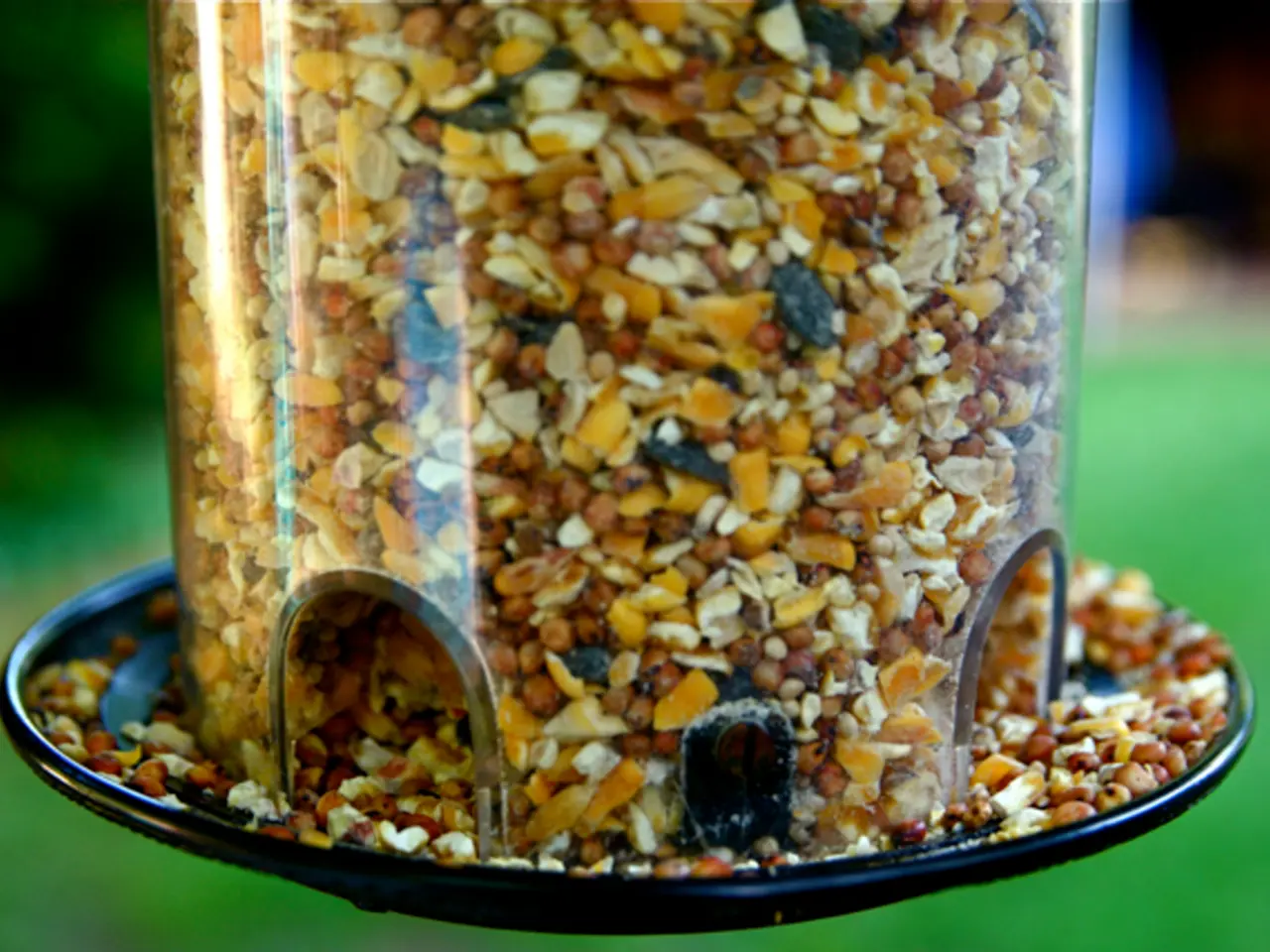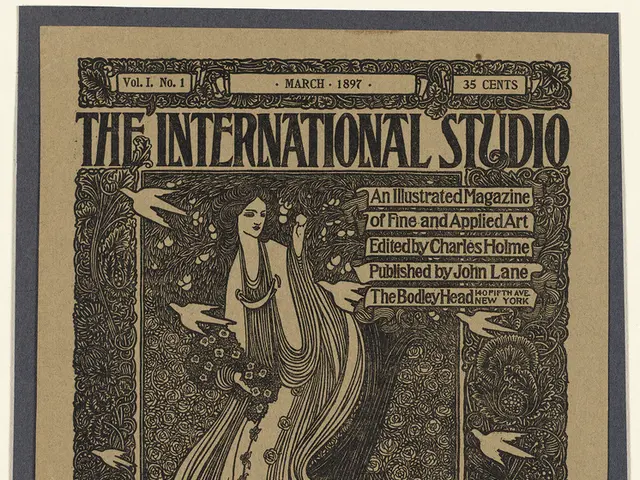Ancient Wheat: An Overview of Historical Varieties of Wheat Grains
In the realm of whole grains, ancient varieties like einkorn, spelt, emmer, and heirloom wheats, including Khorasan (Kamut), offer a nutritional alternative to modern wheat. These grains, often referred to collectively as farro when cooked as whole wheat berries, present distinct differences in protein content, gluten content, fiber, vitamins, and amino acid profiles.
Emmer, or Farro Dicocco, is a high-protein grain with up to approximately 22% protein content and relatively low gluten, making it easier to digest for some people sensitive to modern wheat gluten. It boasts a full-bodied flavour and is an ancient grain that has remained minimally hybridized.
Einkorn, or Farro Monococco, is the smallest and oldest wheat, characterised by a lower gluten content and a soft, sweet flavour. Its lower gluten makes it suitable for delicate baked goods like muffins and cakes. Einkorn also tends to have a nutritional profile with less gluten and possibly higher bioavailability of nutrients compared to common wheat.
Spelt, or Farro Spelta, is more genetically complex than emmer but is also an ancient wheat. Like emmer, it contains gluten but is often better tolerated by some people with gluten sensitivities (not suitable for celiac). It is more similar to modern wheat in baking properties than einkorn or emmer.
Khorasan wheat, or Kamut, has a richer and more varied nutritional profile than common modern wheat. It contains more protein than regular wheat and less gluten, along with all eight essential amino acids, which improves digestibility. Moreover, Kamut is reported to have higher vitamins and minerals and a distinctive butter-like flavour.
Compared to modern wheat, these ancient grains generally have higher protein content, often with better amino acid profiles. They contain less gluten or gluten that is structurally different, potentially making them easier to digest for some non-celiac gluten sensitivities. Ancient grains offer higher nutritional density, including more vitamins, minerals, and fiber. Their distinctive flavours and baking properties are due to their genetic and structural differences.
While all contain gluten (except for rare gluten-free species not listed here), their gluten is often less reactive in sensitive individuals. These distinctions make einkorn, emmer, spelt, and heirloom wheats attractive for those seeking nutrient-dense, less hybridized ancient grains with potentially better digestibility and health benefits compared to modern wheat varieties.
In the culinary world, it's essential to ask about the specific type of farro a chef is using in a dish, as it can refer to any of the three grains mentioned above. In baking with ancient grains and heirloom wheat, you may need to adjust the hydration levels slightly by adding more water or flour until the dough feels right.
These ancient and heirloom grains can be grown conventionally or organically. Third-party certification programs like the National Organic Program can provide reassurance and information about growing standards when direct connection to the farmer or producer is impossible.
It's worth noting that modern wheat has been hybridized over several generations to improve yield and increase gluten content, but it has not been genetically modified through bioengineering. GMO wheat is not currently on the market, and only a small patch of it has been found growing in a field where it was not intentionally planted for testing.
Soaking, sprouting, and souring grains helps to deactivate components like food phytate and increases the bioavailability of trace minerals like zinc and iron. High extraction flour, a traditionally milled flour that has been sifted to remove some, but not all, of the grain's original bran and germ, increases the stability of the flour, decreasing the odds that the fragile fatty acids found in the bran and germ will go rancid.
Farmers growing heirloom and ancient grains are more likely to be interested in organic and sustainable farming practices. As we continue to explore the world of ancient grains, it's clear that these nutrient-dense, less hybridized alternatives to modern wheat offer a promising future for those seeking healthier, more sustainable food options.
- Ancient grains like einkorn, emmer, spelt, and Khorasan (Kamut) are often linked to health-and-wellness through their nutritional advantages over modern wheat, providing higher protein content, better amino acid profiles, more vitamins, minerals, and fiber.
- Fitness-and-exercise can be intertwined with the culinary arts by exploring various cooking techniques for ancient grains, such as soaking, sprouting, and souring to increase nutrient bioavailability, as demonstrated in the case of einkorn, emmer, spelt, and heirloom wheats.
- In the realm of food-and-drink, a growing focus on lifestyle choices leads many to prioritize nutrition and sustainable practices, as exemplified by the cultivation and consumption of ancient and heirloom grains that cater to these values.








